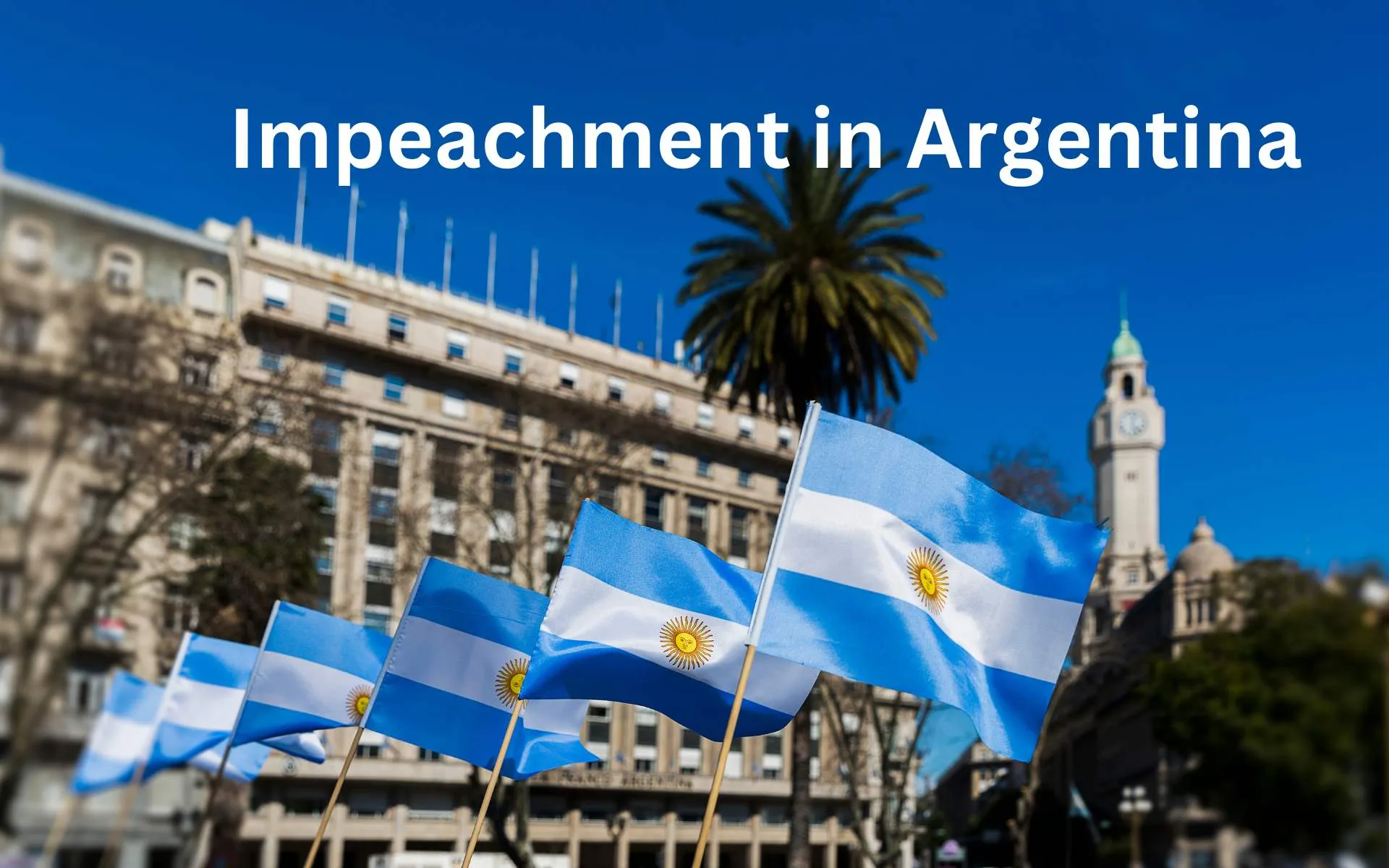In Argentina, the President can be removed (i.e., impeached, jucio politico) by successive voting in the two legislatures, the Senate and the Chamber of Deputies. A two-third majority vote from the lower house, i.e., the Chamber of Deputies and the upper house i.e., the Senate is necessary along with all the formalities delineated in the Argentinian Constitution.
What does Argentinian Constitution Says?
There are only three grounds on which the President of Argentina can be removed, i.e., malfeasance, misconduct and criminal offenses.
In Argentina, the constitution provides the complete process of impeaching the President through Articles 53 to 60.
The process for impeachment is as follows:
- The President will first be acknowledged of charges against him.
- He will then be tried in the Chamber of Deputies.
- If the chamber approves the impeachment by a simple majority, it will move to the Senate.
- The Senate will then hold a trial of the President and this trial will be presided by the Chief Justice of the Argentinian Supreme Court.
- Voting on the issue should gather at least 2/3rds of the votes to impeach the President.
- Upon a successful vote, the President will stand impeached.
In The News
Till date no Argentinian President has been impeached.
- The first time it happened was during 1973 when Hector Campora faced impeachment but he had resigned to allow Juan Peron to return to power.
- The second time a Argentinian President was tried for impeachment was in 2001 when Fernando de la Ruca was tried but he later resigned. The impeachment was held during an economic and political crisis.
- In 2025, President Javier Milei faced impeachment threat from the opposition after he promoted the $LIBRA cryptocurrency.

